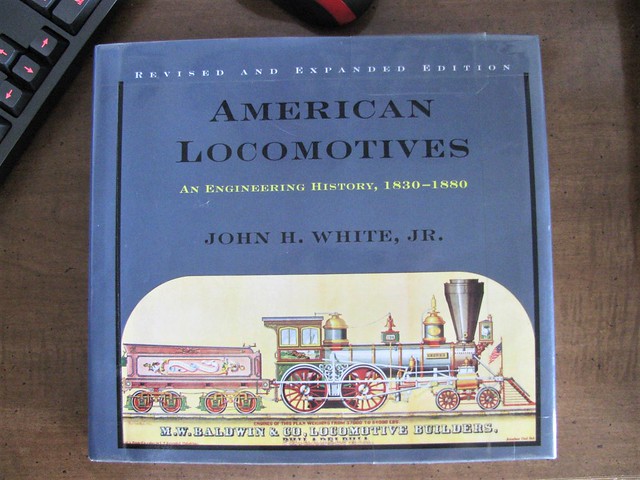
Why is the fire box a dome shape with the steam dome on top of it. It appears to me that the idea is to make the steam in the boiler and then “store” it above the fire box to keep it super heated?

Why is the fire box a dome shape with the steam dome on top of it. It appears to me that the idea is to make the steam in the boiler and then “store” it above the fire box to keep it super heated?
Does it really matter where the steam is allowed to collect? In a T boiler Shay, does it not collect in the part above the firebox? Besides, with the firebox being the hottest part of the boiler, that would be where I would expect the most steam to form.
Alternatively, you are looking at what amounts to an experimental “X locomotive” design. The parts that worked were carried over to the next “X locomotives” and the parts that didn’t work so well were changed.
I agree with David that the hottest area is going to be around and above the firebox, but I believe that most steam domes were in the middle of their boilers for a different reason. The reason would be so that when a loco would travel up or down a grade the water would not try to pile up at either end of the boiler and then get sucked up in the steam pipe causing hydro lock in the pistons. With the dome centered the water will just rush past underneath to which ever end of the boiler is lower. If the steam needed to be more hot or dry, then a super heater was employed. This would be where the steam pipe would be routed though a fire tube/flue there by heating and drying it further while it traveled through. Looking forward to your first live steam build Devon! (https://www.largescalecentral.com/externals/tinymce/plugins/emoticons/img/smiley-wink.gif)
This might provide some idea
https://himedo.net/TheHopkinThomasProject/TimeLine/IndustrialRevAmerica/SteamEngines/JohnWhite.htm
Randy Lehrian Jr. said:
I agree with David that the hottest area is going to be around and above the firebox, but I believe that most steam domes were in the middle of their boilers for a different reason. The reason would be so that when a loco would travel up or down a grade the water would not try to pile up at either end of the boiler and then get sucked up in the steam pipe causing hydro lock in the pistons. With the dome centered the water will just rush past underneath to which ever end of the boiler is lower. If the steam needed to be more hot or dry, then a super heater was employed. This would be where the steam pipe would be routed though a fire tube/flue there by heating and drying it further while it traveled through. Looking forward to your first live steam build Devon! (https://www.largescalecentral.com/externals/tinymce/plugins/emoticons/img/smiley-wink.gif)
That is exactly what I was thinking when I saw this design. I agree with David as well that it was likely experimental and didn’t work well and that is why we didn’t see it used. My guess was the thought process was to put the steam dome where the heat would be greatest and that would be above the fire box. And this was likely before they realized the idea of a super heater. But as you mention on an up hill this design would prove to be pretty ugly for the very reason you mention.
As for my first live steam. I actually have little more than a passing interest in it. I am not saying never, but not anytime soon
Mick Benton said:
This might provide some idea
https://himedo.net/TheHopkinThomasProject/TimeLine/IndustrialRevAmerica/SteamEngines/JohnWhite.htm
That looks like a great read. Will need to dig into that.
Actually, the ‘haystack’ firebox had less to do with heat location and more to do with metallurgy and making as few holes in the boiler’s plates as possible.
EDIT, also termed Haycock firebox.
Read this if you can buy or borrow a copy, very much worth it.
